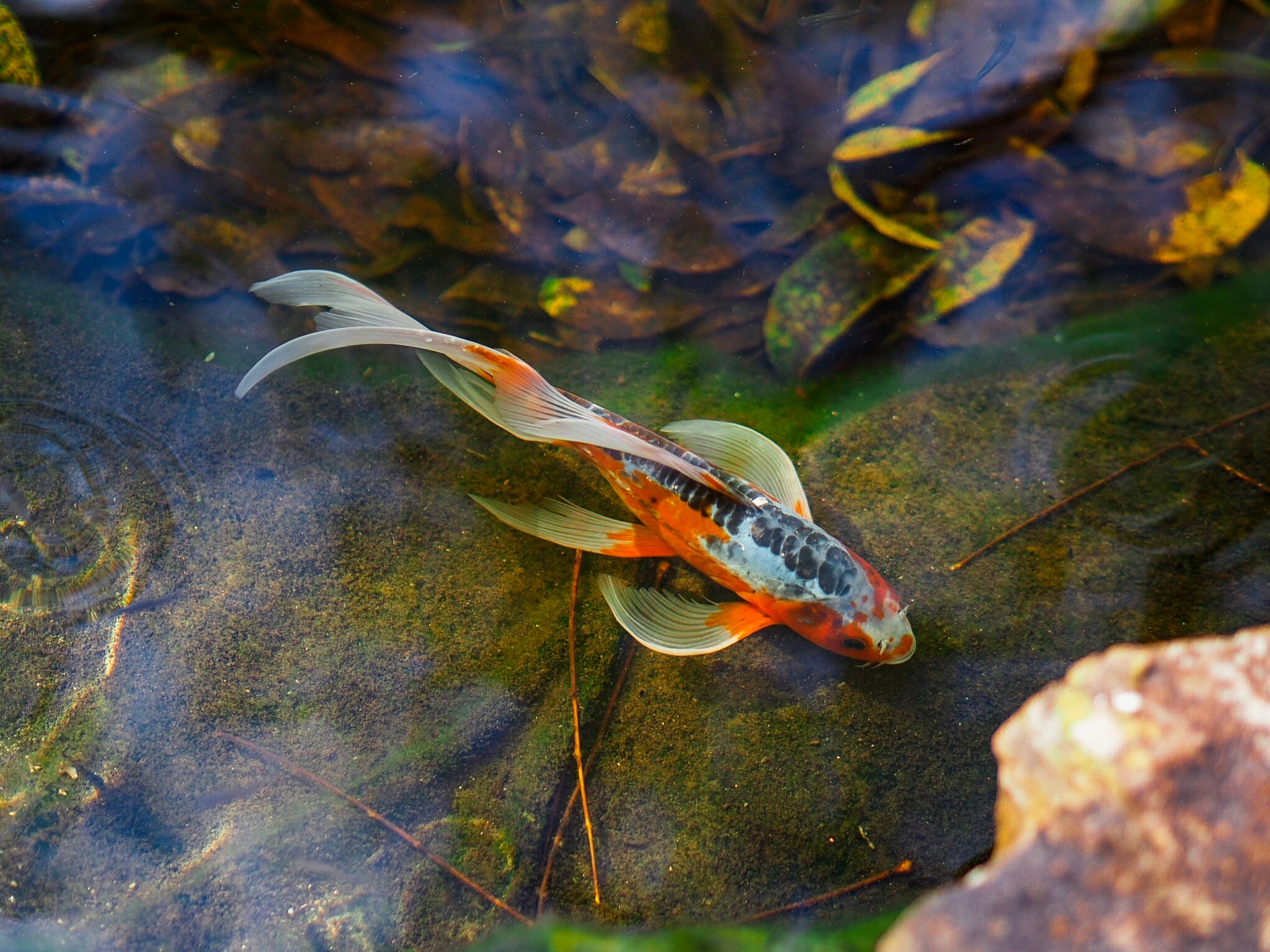The summer and fall are times to enjoy the backyard a few more times until winter comes. Lights around your outdoor pond can give it that glow you’re looking for to complete your backyard. If you want to try to do it yourself, we are here to support you. Here’s how to install your outdoor lights.
Before installation
Before you start to installation, you will want a safe power source. An outdoor transformer can be installed with just enough electricity to safely power your lights. Usually a 12 volt outlet with a weatherproof box will light up your pond safely. Contact your electrician to find the best solution for your outdoor lights. You’ll also want to make sure that the lights you buy have waterproof seals to avoid electrical complications.
Light choices
The most common type of bulb used are LEDs up to 12 watts. It is important to consider the maintenance costs of keeping up the bulbs. These bulbs are more energy efficient and last longer than most other bulbs. Call your electrician to find out more of your options.
Downlights
Downlights are lights that are above your pond. While the lights will not be submerged, they will have to be outside in all kinds of weather. String the lights around surrounding trees, or use tall stakes to string up the lights around your pond. This kind of lighting is easy and provides a natural look to your pond.
Submerged lights
Lights that are submerged in your pond are more difficult to place, especially with plants and fish. To install them, the pond will have to be empty for your safety. Place them wherever you like to light up your pond into sparkles. If you have a pond waterfall, a great place to put a light is right behind the waterfall. Mount the lights on the side or secure them with weights.
If you want to learn more about your pond lighting options or want us to do the hard work for you, call DiWhy Exteriors. We are ready to help you with your outdoor pond and landscaping needs.






